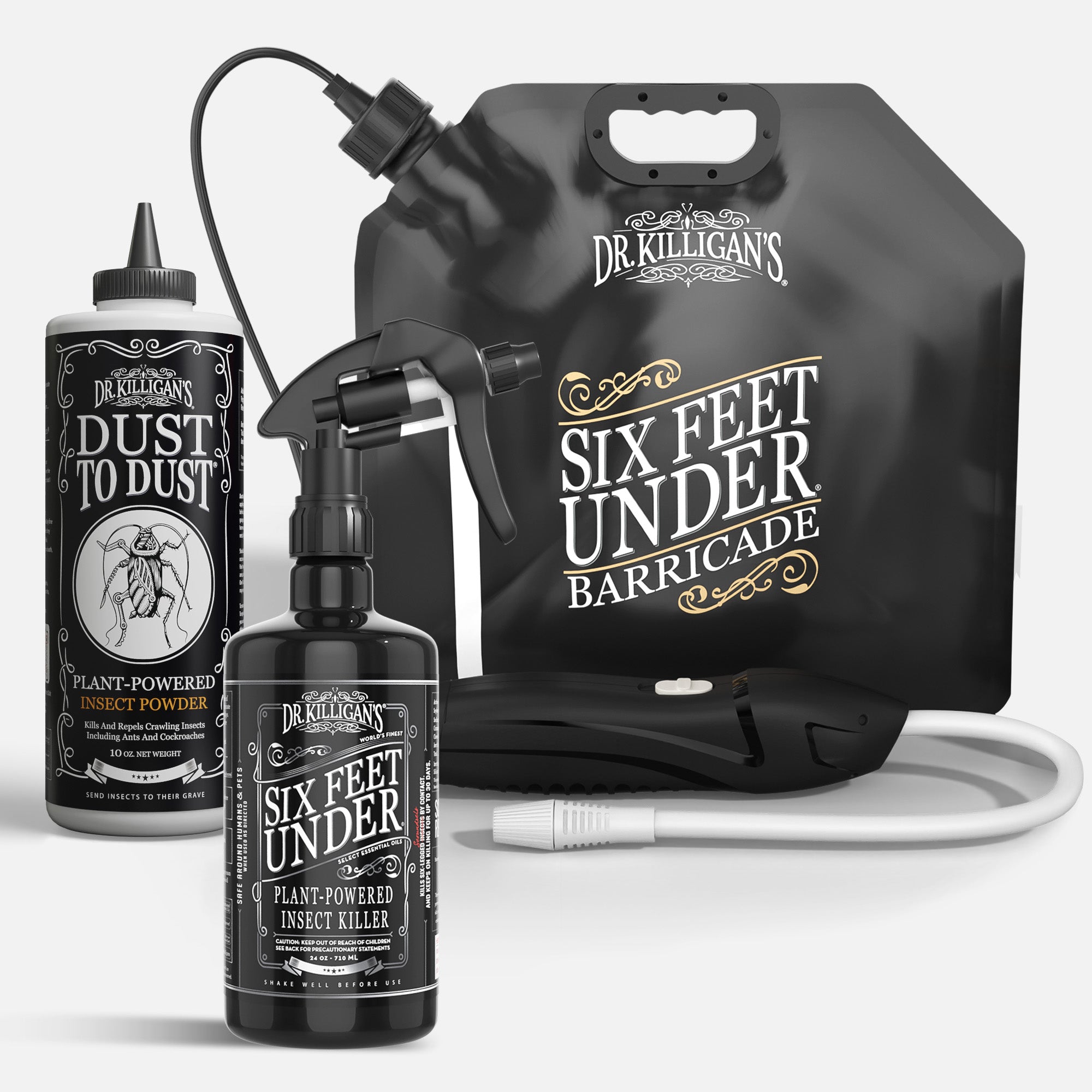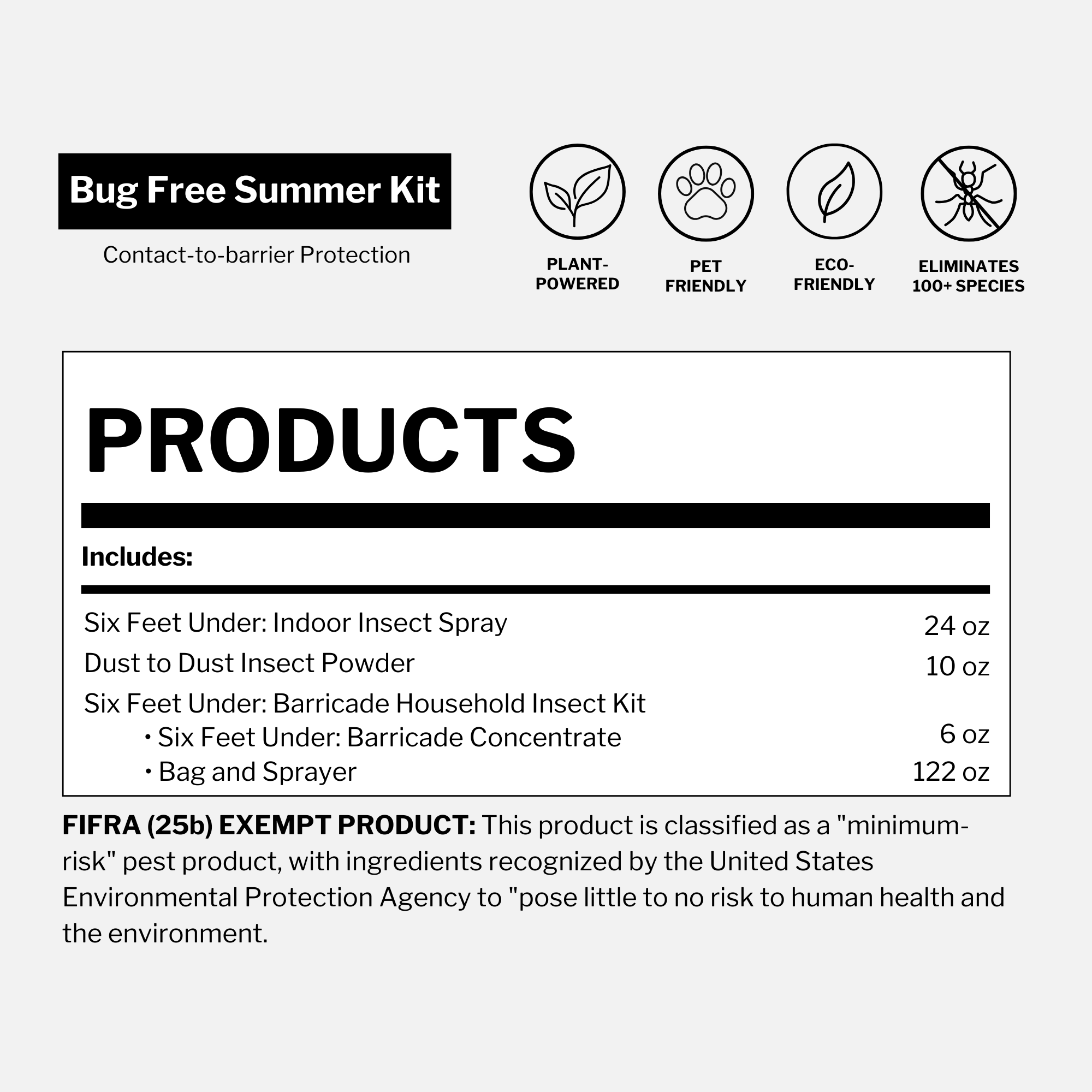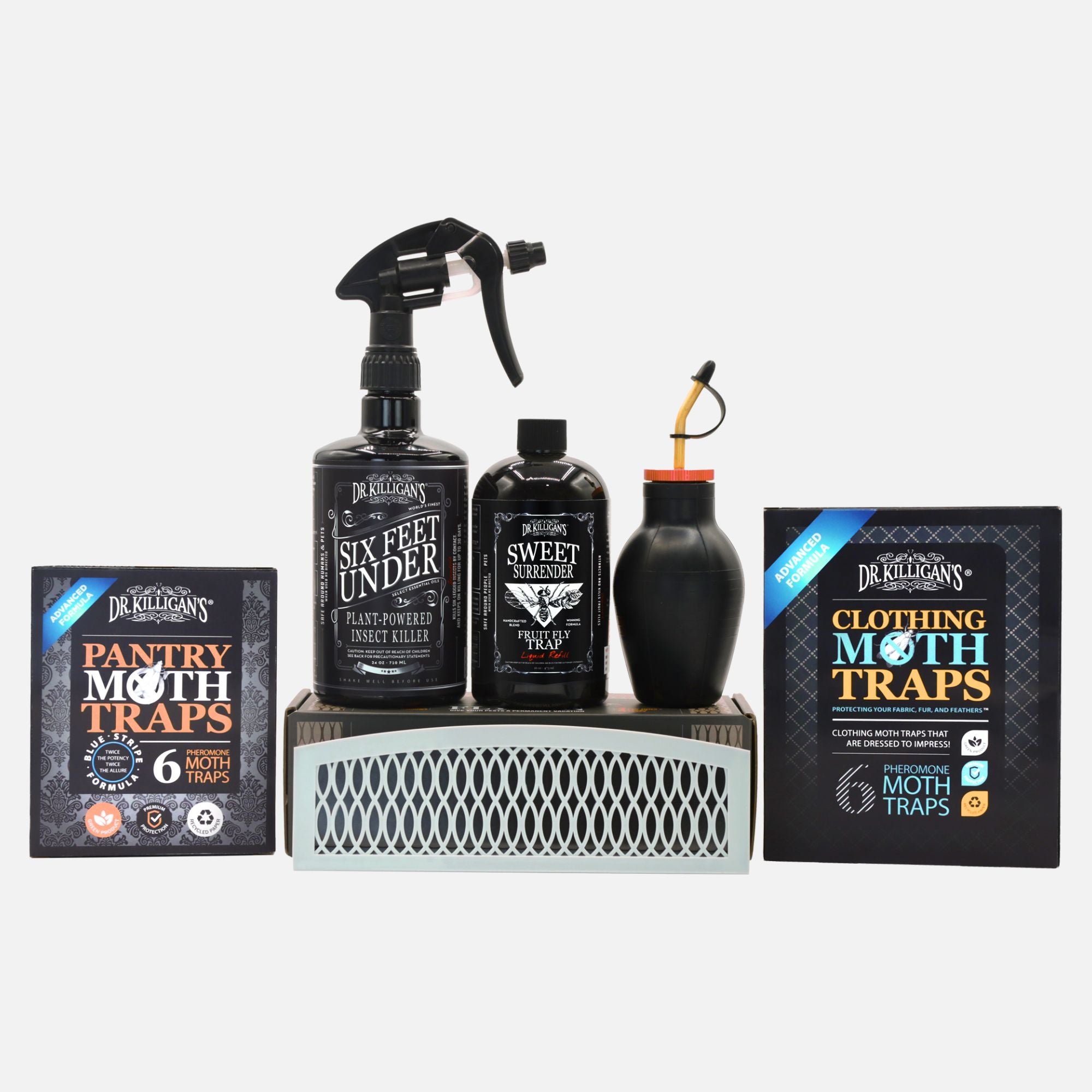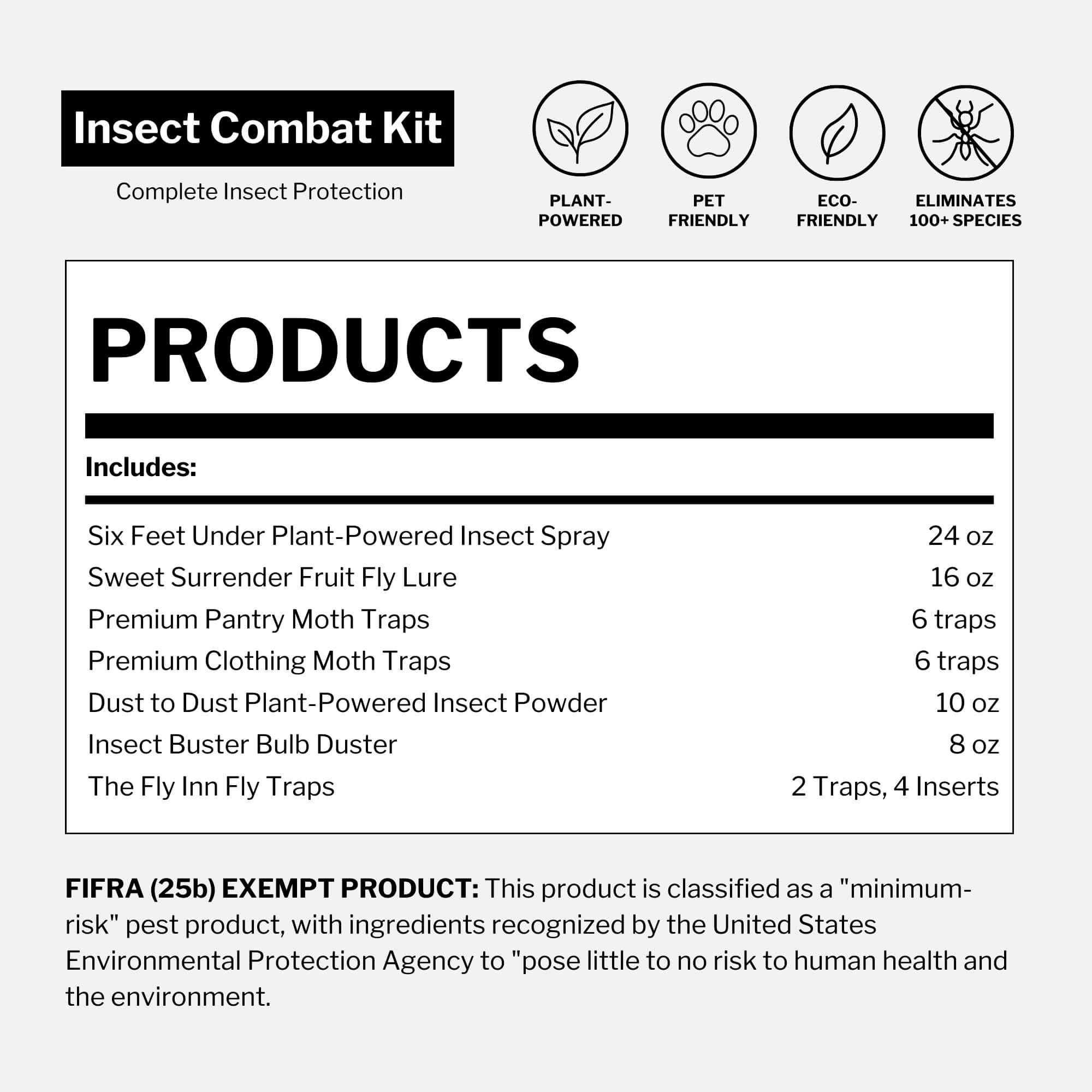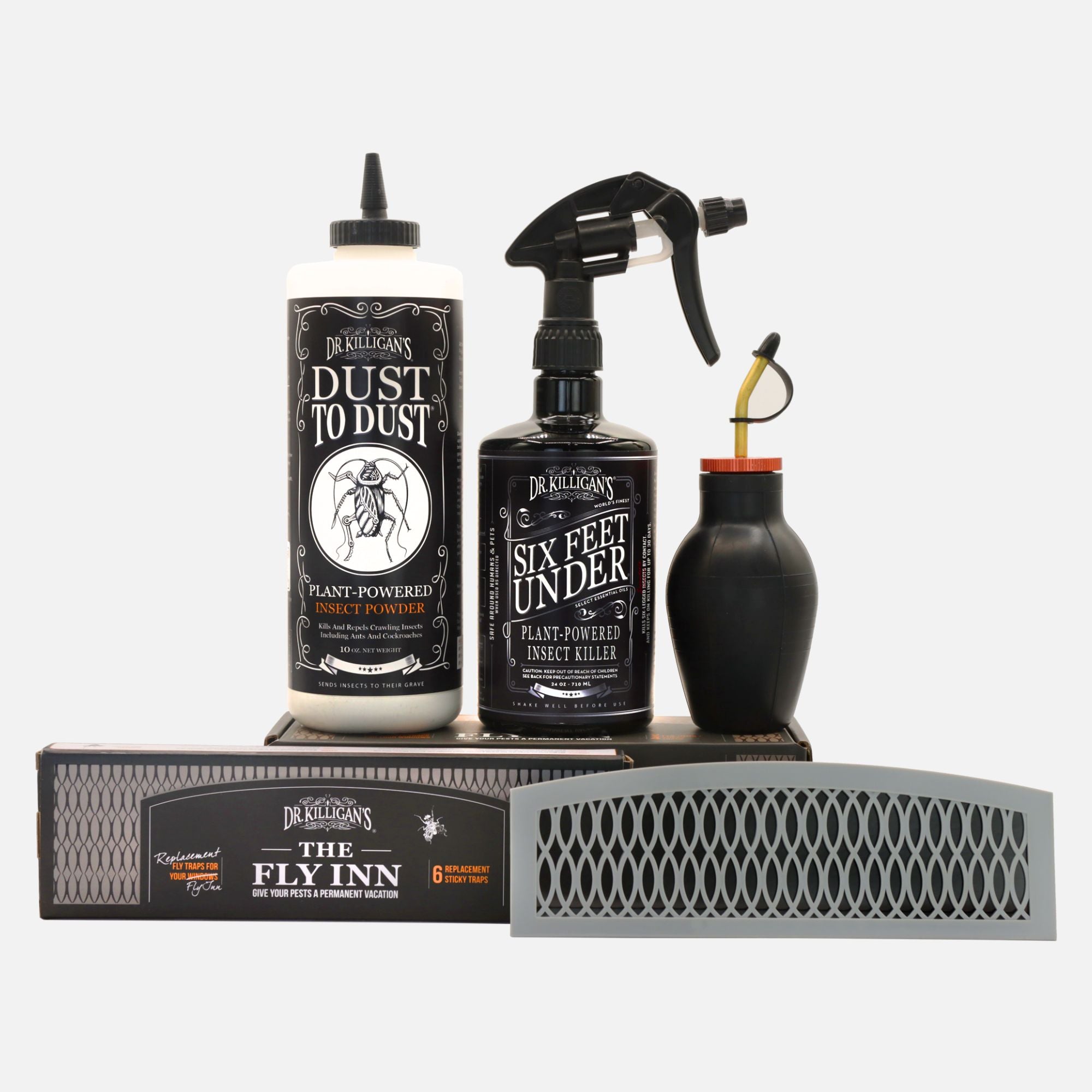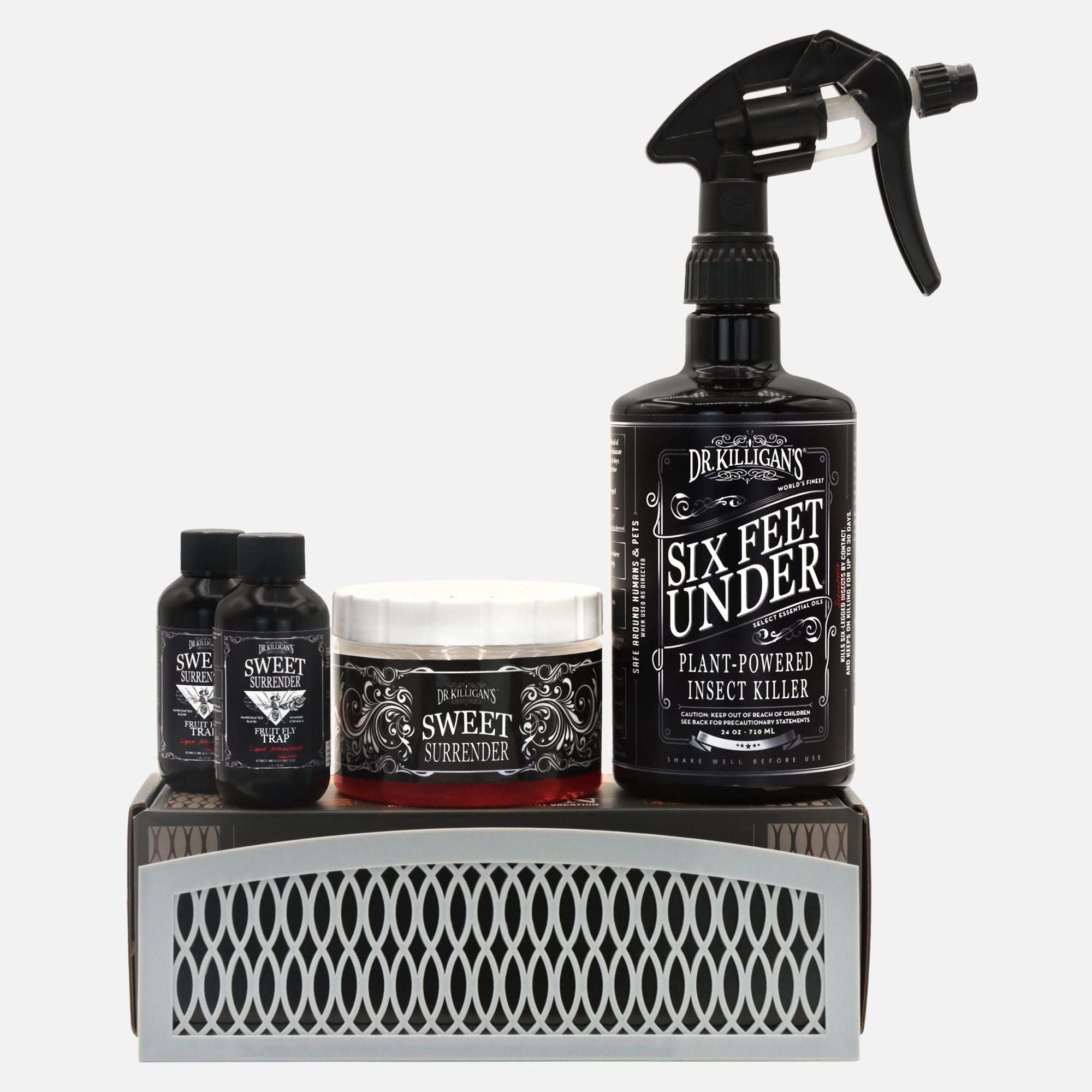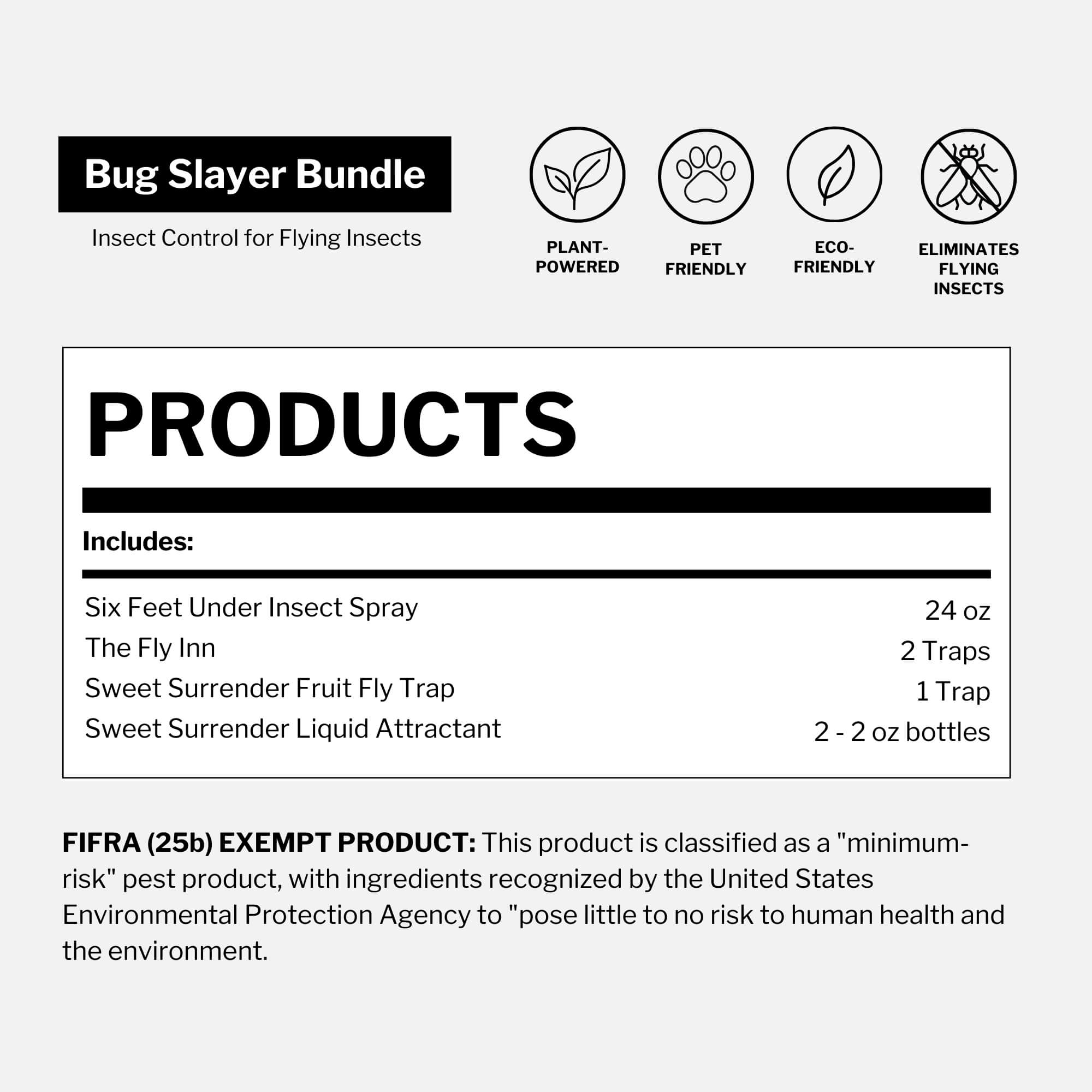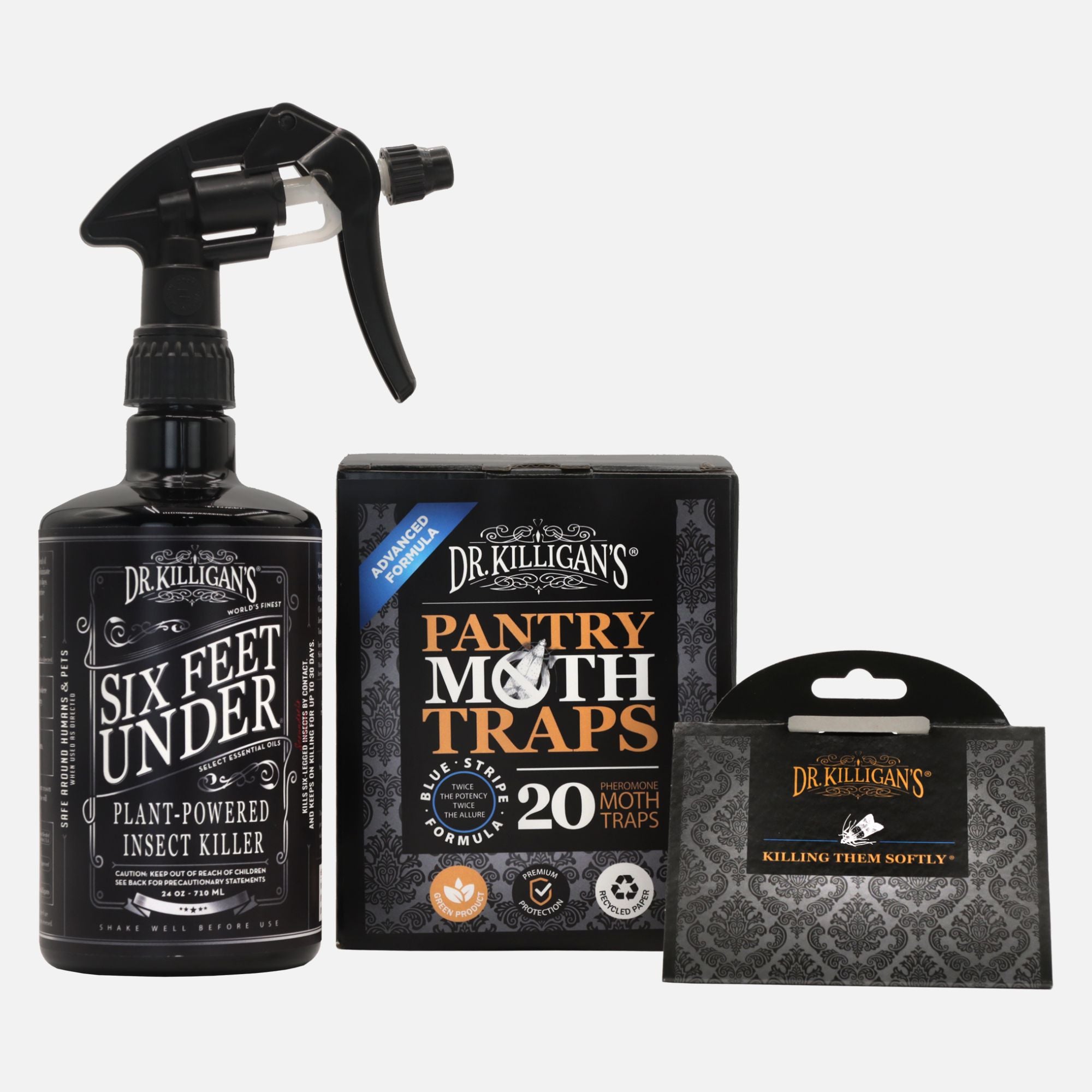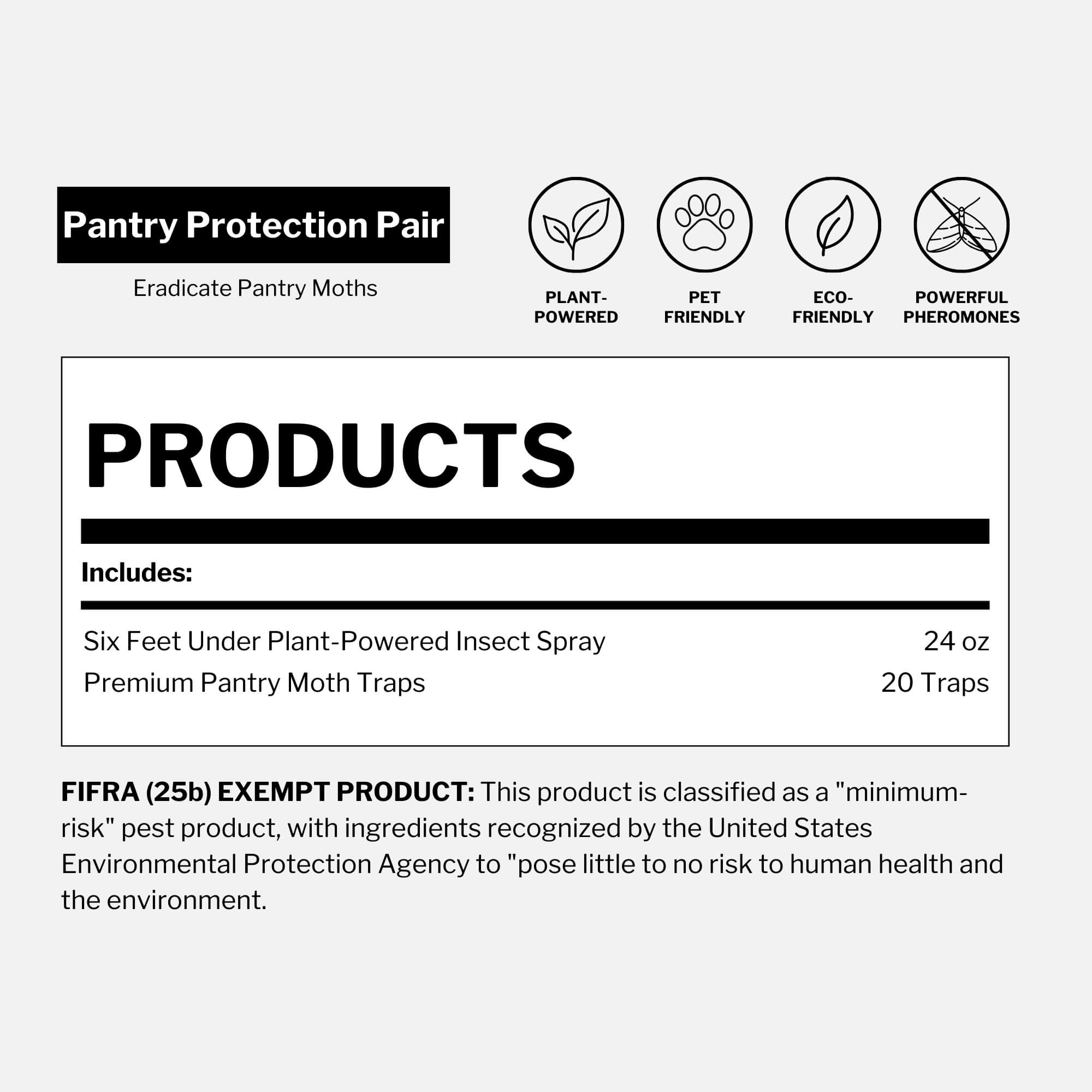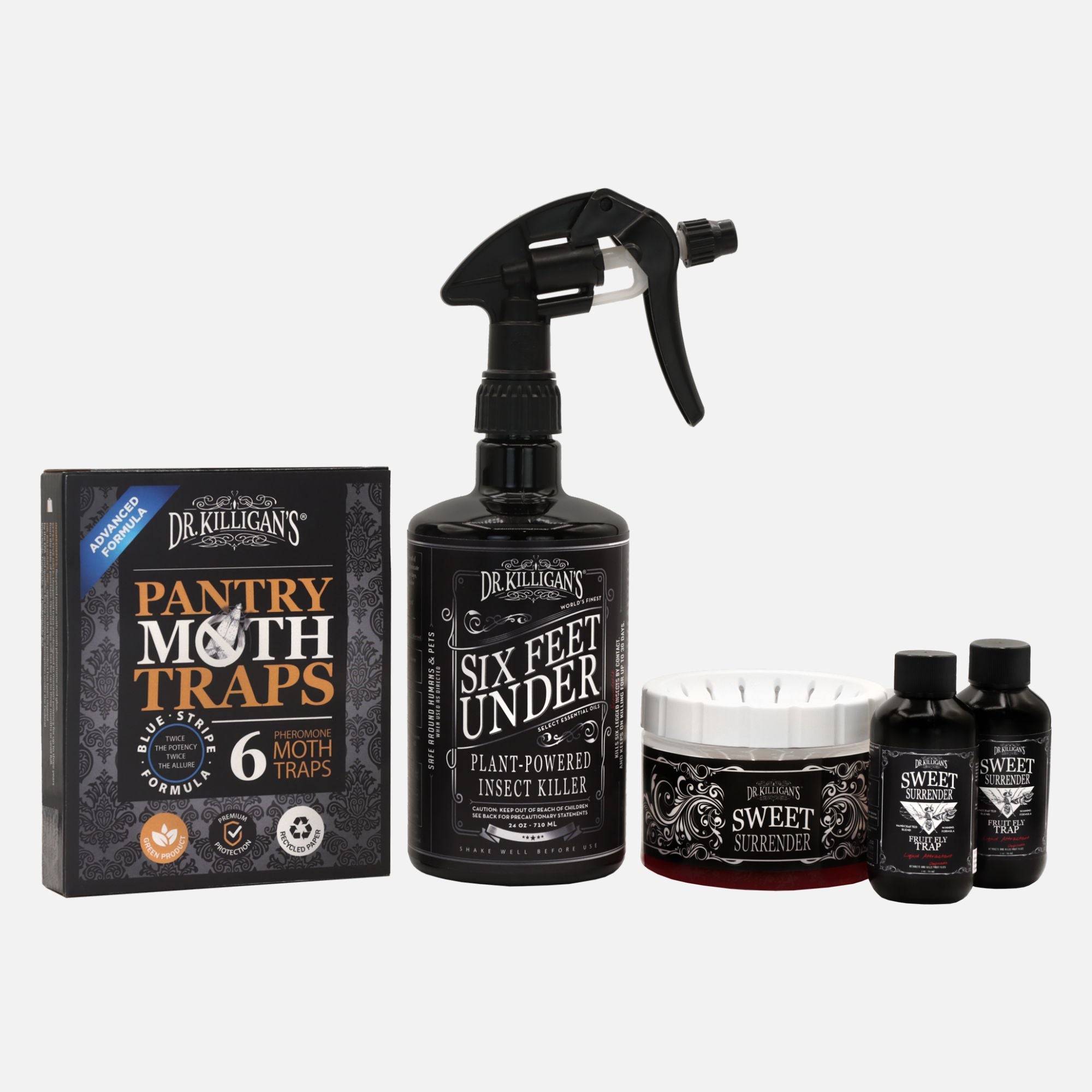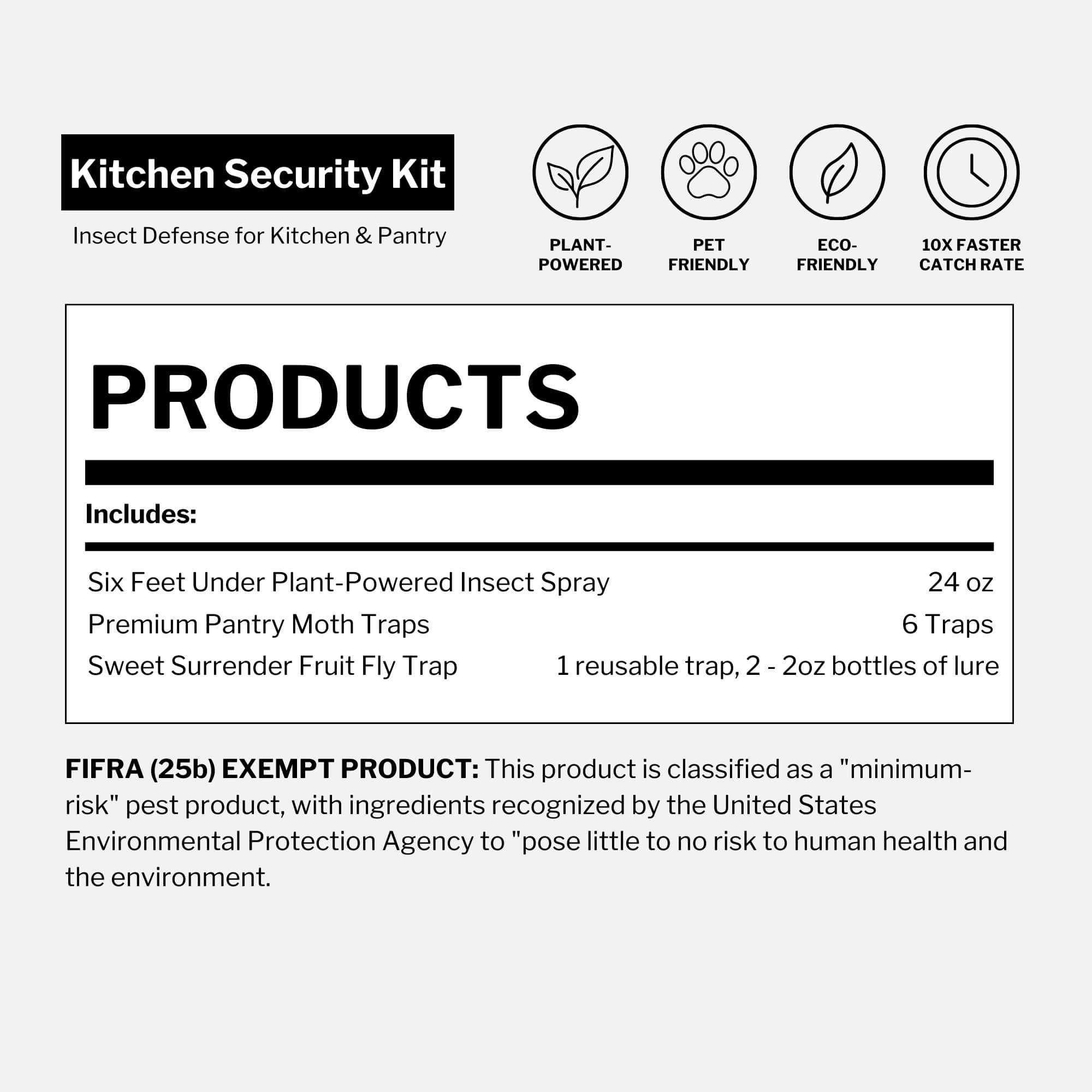Updated on July 11th, 2025
Across Los Angeles, New York, the United Kingdom and beyond, reports of clothes moth infestations have surged. Homes and businesses are scrambling to protect clothing, carpets and upholstery from moth damage—especially the dreaded moth holes that ruin natural fibers.
Experts link the rise in clothes moth infestations to several trends: the increased use of natural fibers, lower-temperature washing cycles and rising global temperatures. The COVID-19 pandemic also played a role, as social distancing led to a sharp decline in professional pest control and moth prevention services.
But what are clothes moths—and how do they damage your clothes?

Clothes moths are best known for their larvae, which feed on wool, silk, fur, feathers and other natural fibers. The web-spinning clothes moth and case-bearing clothes moth are the two most common culprits. Drawn to dark, warm and humid spaces, they often lay eggs in closets, drawers and storage areas. If left unchecked, these pests can destroy clothing, carpets and upholstery. That’s why it’s critical to know how to prevent moth damage and protect your clothes from moths.
Unfortunately, clothes moth populations—especially web-spinning and case-bearing types—are on the rise. If you haven’t been affected yet, now is the time to take action. Moth prevention is far easier than dealing with an infestation, which can be costly, time-consuming and emotionally draining. Some families struggle with clothes moth control for years.
Here are 11 expert-backed tips on how to prevent clothes moths and protect your wardrobe from future infestations.
1. Wash second-hand clothes in hot water (or dry-clean them immediately)

Second-hand or vintage clothing can be a hidden source of clothes moth eggs or larvae—especially if the item came from a closet that wasn’t regularly cleaned or inspected. Whether it’s a thrifted sweater, a hand-me-down from family or a unique consignment find, it could be carrying more than style.
Used clothing may also contain organic residue, which attracts clothes moths looking for a nutrient-rich environment to lay eggs.
To prevent clothes moth infestations, always wash second-hand items in hot water—at least 120°F (49°C)—or have them professionally dry-cleaned before adding them to your closet.
2. Store clothes properly to prevent moths
Moths are drawn to dark, undisturbed areas—especially closets and storage bins where dirty or infrequently worn clothes are stashed away. Improper storage can make even clean clothes vulnerable to infestation.
Short-term
Never return worn or unwashed garments to your closet or dresser. Even if something looks clean, it can still carry skin cells or food splats that attract moths. As mentioned in Tip 1, always wash or dry-clean clothing before storing it, especially items made from wool, silk or other natural fibers.
Long-term
For seasonal or seldom-worn clothing, use vacuum-sealed bags or airtight plastic containers. Seal plastic bins with tape if needed to keep moths out. And before packing anything away, double-check that each item is clean and moth-free.
Pro tip: For added protection, place a Cedar Plank inside the bag or container. Cedar’s natural oils help repel clothing moths without introducing toxins into your stored items.
3. Keep your closet bright and open

Many moth species are attracted to light; clothes moths are not of that breed. In fact, clothes moths avoid light entirely. They seek out dark, quiet places where they can lay eggs undisturbed.
To prevent moths in your closet, keep these areas bright and well-ventilated. Open your closet doors regularly to introduce airflow and light. Moths dislike movement and illumination, making this a simple but effective deterrent.
Pro tip: Consider installing a motion-sensor LED light inside your closet. It will switch on when the door opens, helping to disrupt moth activity and discourage nesting.
4. Keep your closet clean and moth-unfriendly
Clothes moths aren’t picky eaters. In addition to wool, silk and other keratin-rich fabrics, they’ll feed on lint, dust, hair and even shed skin cells. These organic materials can collect in corners, on closet floors or inside drawers—creating a perfect buffet for moth larvae.
Vacuum your closet regularly, including the floors, walls, shelves and baseboards. Don’t forget hard-to-reach areas like corners, under furniture and behind storage bins.
Pro tip: After vacuuming, finish with a surface wipe-down using a damp cloth or a gentle plant-powered spray—like Six Feet Under—to help remove any residual eggs or larvae.
5. Create movement in your closet
Stillness is the enemy of a moth-free closet. When clothes hang or sit folded in the same position for weeks, they become easy targets for clothes moths looking for a quiet place to lay eggs.
To break up their habitat and discourage nesting:
- Shake out hanging garments weekly
- Rotate seasonal pieces in and out of storage
- Refold stacked or shelved clothing
6. Use Six Feet Under Plant-Powered Insect Spray for ongoing protection

Keep your closet and storage areas moth-free with regular use of Six Feet Under. This plant-powered formula kills clothes moth eggs and larvae on contact—stopping infestations before they start.
Simply wipe down closet walls, shelves, clothing rods and baseboards every few months. Six Feet Under’s essential oils break down insect exoskeletons while being safe for people, pets and your fabrics when used as directed.
Unlike harsh chemical sprays, this solution offers effective, lasting protection without the health risks or unpleasant odors of traditional pesticides.
7. Avoid mothballs—they're toxic and risky
Mothballs have long been used as a quick fix for clothes moths—but their downsides often outweigh the benefits. These small balls contain harmful chemicals like naphthalene or paradichlorobenzene, which release toxic fumes that can:
- Cause respiratory irritation in people and pets
- Pose poisoning risks, especially to children who might mistake them for candy
- Contaminate your stored clothes with unpleasant odors
Did you know? Mothballs don’t actually kill moth larvae hidden deep inside fabrics—they only repel adult moths temporarily.
Instead of risking your health and the safety of your family, opt for natural, plant-powered alternatives that protect your clothes without harmful chemicals or lingering toxins.
8. Clean your furniture thoroughly
Clothes moths can infest upholstered furniture, especially pieces containing wool, feathers or horsehair. To prevent moth damage, vacuum your furniture regularly and thoroughly.
Remove seat cushions and vacuum inside corners where cushions meet the frame using a crevice attachment. Don’t forget to vacuum the sides, back and the area underneath the cushions with an upholstery attachment. Also, vacuum the cushions and pillows themselves to remove any eggs, larvae or moth debris hiding in the fabric.
9. Control humidity
Clothes moths thrive in warm, humid environments. Ideal conditions for their life cycle include humidity levels between 75% and 90%. Under these conditions, moths can develop from egg to adult in less than a month, making infestations quick and persistent.
To disrupt their breeding, use a dehumidifier in closets, storage rooms and other high-humidity areas. Throughout the rest of your home, keep humidity in check with proper ventilation or air conditioning. Lower humidity deters clothes moths and helps prevent mold and mildew.
Pro tip: Regularly monitor humidity levels with a hygrometer to maintain an environment less favorable for moths.
10. Be mindful of your shopping habits

Natural fibers like wool, silk and fur are popular for their comfort and sustainability—but they’re also the favorite food source for clothes moths (and carpet beetles). These materials contain keratin, a protein that moth larvae need to grow, thrive and repopulate.
When shopping for new clothes, especially higher-quality or vintage pieces, be aware that garments made from natural fibers are more vulnerable to moth damage. Take extra care to inspect these items for signs of infestation before bringing them home.
To protect your wardrobe:
- Choose synthetic blends when possible, especially for everyday wear
- Use moth repellents and sprays—like Cedar Ward Moth Repelling Spray, Cedar Pest Repellent Canisters, Cedar Planks Clothes Moth Repellent or Six Feet Under Plant-Powered Insect Spray—in your closets and storage areas
- Immediately wash or dry-clean new and second-hand clothes before storing them—as mentioned in Tip 1, this simple step helps eliminate hidden moth eggs or larvae before they reach your closet.
11. Use clothes moth traps to monitor and stop infestations early
Even with preventative measures, clothes moths can still find their way into your home. That’s why placing traps in your closet is a smart, low-effort way to detect and stop infestations before they spread.
Dr. Killigan’s Clothes Moth Traps contain a powerful double-pheromone lure and ultra-sticky glue designed to catch the two most common culprits: the case-bearing clothes moth (Tinea pellionella) and the web-spinning clothes moth (Tineola bisselliella).
Set traps in closets, drawers, wardrobes or any area where wool, silk or fur is stored. Check them regularly. If you spot moths, take immediate action—clean thoroughly, wash or freeze affected garments and spray with a plant-powered solution like Six Feet Under.
Shelf life tip: Unopened traps last up to 3 years. Once opened, each trap remains effective for 3 months.
Protect your wardrobe with confidence
Clothes moths can silently wreak havoc on your favorite pieces—but with the right prevention tactics, you can keep your closet safe, clean and moth-free.
If you're currently facing a clothes moth problem—or just want personalized advice on how to prevent one—our team is here to help. Reach out to our friendly Customer Success Team at support@drkilligans.com. We’d love to hear from you.
And don’t forget to explore Dr. Killigan’s full line of natural moth prevention solutions—from Cedar Planks and Cedar Canisters to Clothes Moth Traps and Six Feet Under insect spray. Trusted by thousands, safe for people and pets and backed by our satisfaction guarantee.
Save your style. Stop moths before they start.



